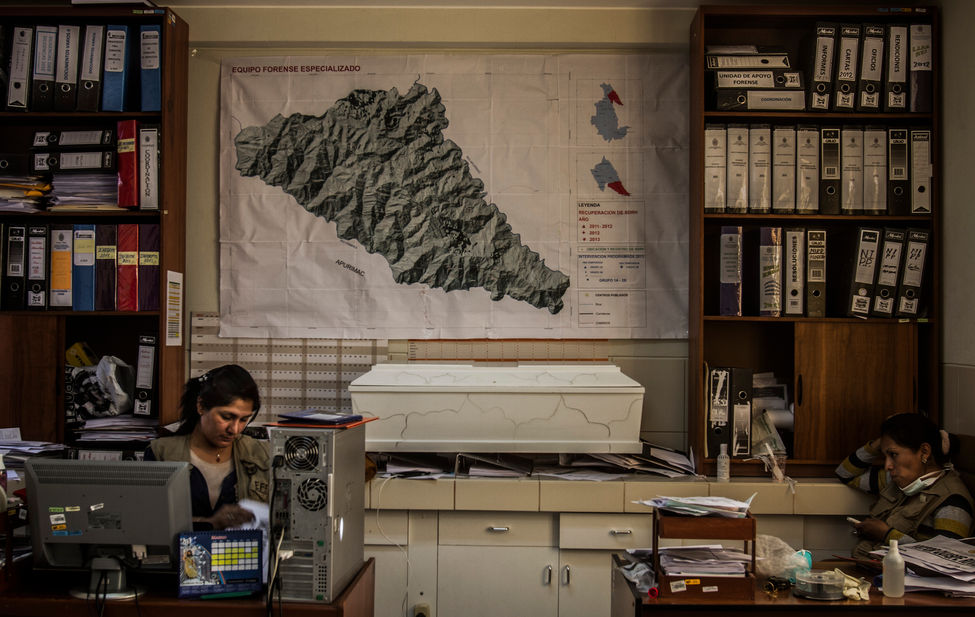Click top image to view larger and caption
Recovering From the Fierce Violence of Civil War
40 years after armed conflict devastated Peru between 1980 and 1995.
Ayacucho region, Peru
by Max Cabello Orcasitas
Published January 2024
The Peruvian territories of Chungui and Oronccoy, with just over a thousand square kilometers in the mountainous Ayacucho region, were the scene of multiple massacres caused by the Maoist-inspired Sendero Luminoso (Shining Path) organization and the Peruvian military and police forces during the armed conflict that devastated the Peru between 1980 and 1995. 16% of its inhabitants were murdered: almost 1,300 victims; buried in 300 mass graves many of which have already been exhumed.
These tragedies were not isolated events. Ayacucho was the region that concentrated the highest number of deaths and disappearances reported to the national Truth and Reconciliation Commission: of a total of 69,000 victims throughout Peru: 26,000 deaths (almost 40%) occurred in this region.
Forty years later, Chungui and Oronccoy remain marginal areas. Both share extreme poverty and the precariousness of basic health and electrical services. Although they have experienced the restoration of their life rituals, the slow process of exhumations and search for the bodies that disappeared during those brutal years continues, waiting to be recognized by their relatives, most of whom are orphans and survivors of the conflict.
Max's project, "Recovering From the Fierce Violence of Civil War" will be on display at the Bridge Gallery in Cambridge, Massachusetts, April 13-May 25, 2024, and at Photoville in Brooklyn, New York, June 1-16, 2024.
Max Cabello Orcasitas
Max Cabello Orcasitas (b. Lima, 1974) has been working since December 2009 on a project about the consequences of Peru’s civil war (1980-2000) in Chungui and other sites in Ayacucho, an Andean region that was fiercely struck by political violence.
At the same time, he has been developing a series on how people celebrate on the outskirts of Lima and other Peruvian cities, demonstrating how modernity and tradition mingle in urban settings and among an emergent middle class mostly comprised by people who migrated from the Andes and the Amazon.
He is a founding member of the Supayfotos, a group of documentary photographers based in Lima. Since 2006, Cabello has received numeous prizes and recognitions, and has collaborated extensively with local and international.

















Thank you—so many references to exhumed bodies. I imagine those were bones. Would have felt more complete to see the bones. Not a criticism at all. Just thinking the intimacy of that brings it home. There’s a distance I feel here and perhaps that’s intentional, but intimacy with this means we want to get closer. I’m missing the bones or perhaps images of those who were lost, that humanizes them even more.